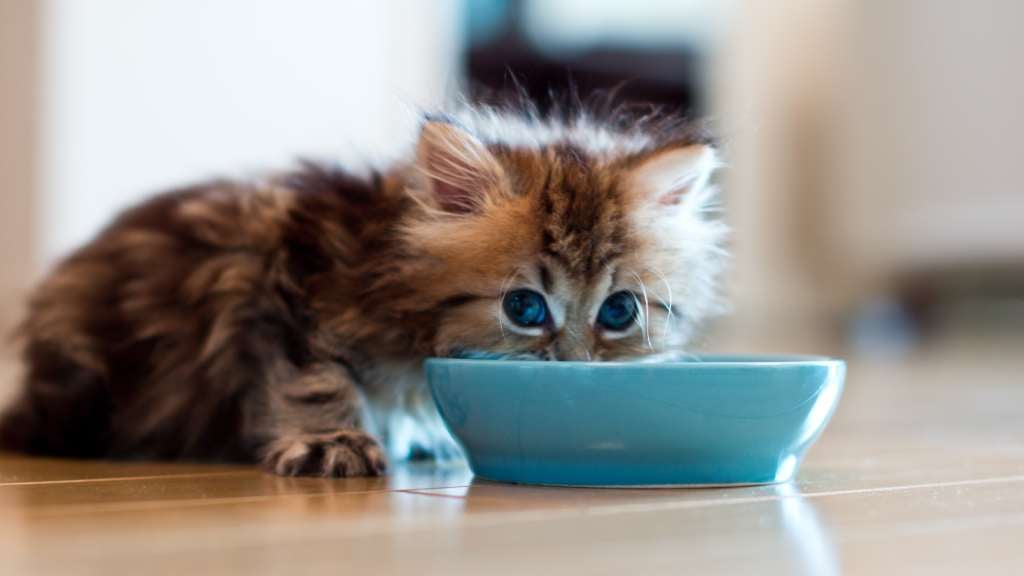Have you ever eaten venison? I was raised in a family of hunters and venison was one of many wild game meats that frequently made up meals. Small rural communities like the one in which I grew up are full of outdoors people. Some are hunters and some are gatherers. Others, like me, are the cooks.
When I was “knee-high to a grasshopper”, I started helping process wild game after a harvest then would help my grandma and mom cook the meal. It is a skill set that never leaves, as my husband discovered the first year he went hunting and brought home a deer for his own “dear” – me! – to deal with. Thankfully, our meat is now processed at a local butcher shop after it is harvested.
Game animals in the U.S. are those that can be legally hunted and not necessarily raised on a farm. Game animals must be useful as food and be abundant at sustainable population levels. Wild game does not include species that are endangered or threatened. These animals are protected by law. The U.S. Fish & Wildlife Service has a full list of protected animals on their website (fws.gov).
In the U.S., deer, rabbit, squirrel, duck, and fish are popular game animals, but certainly are not the only. Caribou, elk, wild boar, turkey, bear, and bison are on many a hunter’s bucket list. Each of these animals has its own distinctive flavor and texture which can be off-putting to the novice.
People are also reading…
Wild boar tastes different from pork you buy in the grocery store, so does wild turkey in comparison to the farm-raised grocery story variety. Venison – referring to the meat of large horned game animals like deer and elk – is often used to replace beef in recipes, but has a stronger flavor and is much leaner.
One common complaint is that wild game tastes “wild” or “gamey”, which can be the result of poor handling in the field. When properly and quickly field dressed, game like deer should not have that overpowering gamey flavor. The longer an animal remains in the field before being dressed, the stronger its flavor when it gets to your table. Barring that, you can soak meat in milk or buttermilk overnight to remove the gamey flavor. A saltwater brine also helps, just remember to rinse your meat before cooking.
Silver skin and other connective tissue should be removed before cooking the meat. These tissues are strong and full of unpleasant flavors, which could result in that gamey taste after cooking. A butcher will remove much of this during processing, but you can use a sharp paring knife to remove any remaining pieces.
Another misconception is that wild game is difficult to cook or should be cooked very differently than farm-raised animals. In reality, there is one main rule for homecooks – don’t overcook the meat because it will become tough and utterly tasteless. Wild game tends to have much less fat, so cooking beyond medium-rare results in a less than tasty dish and could ruin it altogether. With little to no fat, game meat cooks quicker than farm-raised animal meat, so this should be considered when substituting game for other animals in recipes.
Another tendency is to mask the natural flavor of the game. Instead, play into the unique flavor that deer, wild boar and other game meat offers. If you are just learning to cook wild game, follow well tested recipes or join groups on social media where you can learn tips and pick up recipes from seasoned cooks. Everyone begins somewhere. We all had to roast a chicken for the first time – no different with wild game.

